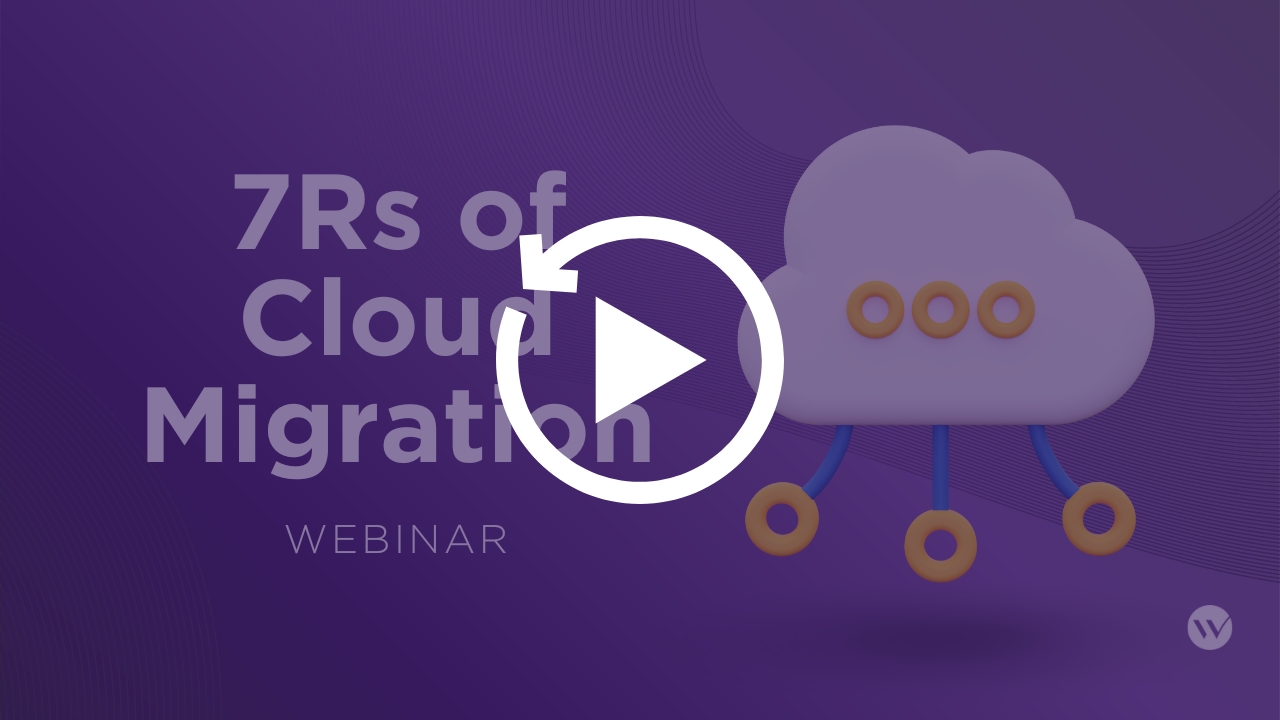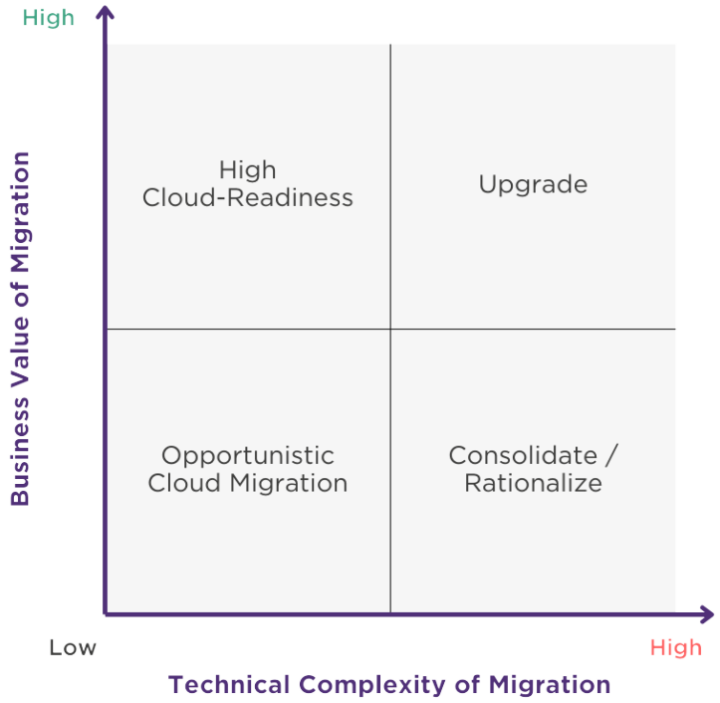In today’s rapidly evolving business landscape, many companies encounter challenges when transitioning to the Cloud.
We addressed this issue in a webinar on Cloud migration, where we delved into actionable strategies every organization can utilize for their journey. Over this 30-minute session, our foremost experts on Cloud shared their expertise and personal experience with Cloud migrations. This is essential for businesses looking to maximize the potential of their transition.
Whether you’re a seasoned business leader or a dedicated Cloud architect, this webinar offers valuable insights to enhance your Cloud journey.
About the Speakers
Erica Mansfield
Moderator
Business / IT Strategy Expert
Daniel Hunt
Speaker
Manager, Cybersecurity and Cloud Strategy
Keith Worfolk
Speaker
Associate Partner, IT and Cloud Strategy
Key Moments in the Discussion
The “7 Rs” For Highly Effective Cloud Migrations
As many organizations tackle Cloud migration planning, we’ve seen the “7 Rs” become a Cloud industry standard way to think about the most effective architectural changes needed for any solution as it is considered for migration into the Cloud. The seven strategies are Re-Platform, Re-Architect, Re-Factor, Re-Host, Re-Purchase, Rationalize, and Retain/Retire.

Daniel Hunt
Manager
What we’ve seen is that if you simply choose to “Lift n’ Shift”, you may be setting a dangerous precedent for your Cloud’s future. This often leads to limited success.
Key Considerations in Successful Migration Planning for each Application / Workload
Planning can be considered on a matrix of Technical Complexity vs Business Value. For example, an application with a high complexity and low business value may be a good candidate for consolidation or rationalization but an application with lower complexity and higher value can be considered highly Cloud ready. Some of the other major considerations when determining the right target strategy include Cost to Implement, Cost to Maintain, 1st Year Savings, and Ongoing Savings.

Daniel Hunt
Manager
The 7 Rs are the choices you have when migrating solutions to the Cloud. Your choice is important in terms of your post-migration success, operating model, skills, and your FinOps’ performance against your cost goals.
Migration Planning is The Key to Meeting Cost & Performance Expectations
A Cloud Optimization Strategy should be applied throughout all stages of your solution development lifecycle. A well-designed Cloud strategy and operating model will include a mature optimization approach and process, working across multiple stakeholders’ needs, and starting during a candidate solution’s plan for target architecture.

Keith Worfolk
Associate Partner
A Cloud strategy without optimization priorities and proactivity is flat-out incomplete. This unfortunately is the state of most mass Lift n’ Shift efforts.







